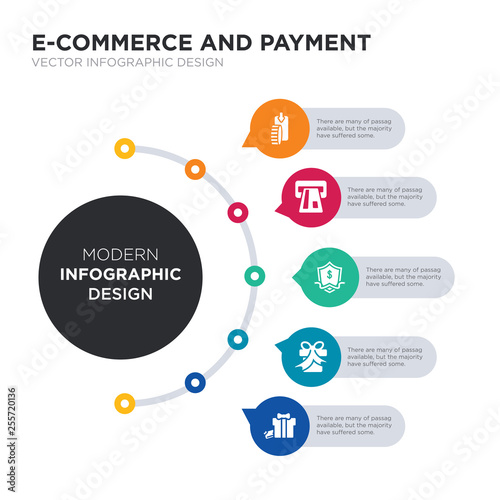Although they may appear similar, etching and engraving differ in their approaches and outcomes. Recognizing these processes is necessary for any type of firm wanting to tailor glass products.
Laser etching usages concentrated warmth to melt the micro surface of your product, developing recessed markings that resist damage and can be checked out under severe problems. It's ideal for things that need to be deducible, like commercial components.
Aesthetic appeals
Etching and inscribing both develop durable, responsive layouts that stand apart on the glass surface. They are optimal for tasks that call for a fine-tuned, classy appearance.
Laser etching can be used to inscribe glass, however it needs a safety finish or shield to stop warm damages to the glass. A specialized spray or finish is available for this purpose and can be put on thin glass to minimize cracking or damages during the inscribing process.
It's additionally possible to engrave glass by hand using a rotary tool. This strategy is time-consuming and labor-intensive, however it can generate high-grade results when carried out correctly. Be sure to use safety and security gear like safety glasses and a respirator mask to secure yourself from dust and particles. You can start by drawing your design on the glass with a marker, then insert the rotary tool and gradually follow your design to etch it right into the glass. After the engraving is complete, gently wash away any type of staying dust or residue.
Flexibility
The inscribing process supplies a variety of applications for glass items. It is highly flexible and can be made use of on different products and thicknesses of glass. It is likewise very exact and generates in-depth, high-contrast layouts on the glass surface area. It can be utilized on both level and curved surfaces.
Glass engraving is a popular choice for glass items like wine bottles, architectural dividers, and health spa decor. It creates a soft and subtle design that is not as noticeable as etching, making it a superb option for ambient aesthetics.
To minimize heat stress and anxiety on slim glass, apply a safety product like masking tape or a damp paper towel to the surface prior to laser inscription. This takes in and spreads laser power to lower local heating and stop fracturing. Additionally, finish the glass with a light cleaning agent or dishwashing soap can also be an efficient pre-coating. Simply keep in mind to cover just the laser-contacting face of the glass with these moisture-absorbing pre-treatments.
Toughness
Laser glass inscription produces deep, long-term markings that are durable and aesthetically striking. It's suitable for imaginative or light commercial purposes that require a sleek look. Engraving calls for exact and controlled handling of the glass to stop warmth damages and fracturing. Slim or delicate glass can be extra vulnerable to the high-contrast results of laser engraving, making it vital to keep an eye on the procedure very closely for indicators of getting too hot and breaking.
Engraving makes use of a diamond-tipped device to cut into the surface area of the glass, producing a textured mark that's less visually striking than laser etching. It's an usual selection for applications where a frosted effect is preferred, such as decorative glass windows and tailored presents. Like laser engraving, etching is highly exact and excellent for logo designs and other detailed imagery. Evergreen Glass uses state-of-the-art laser tools adjusted for optimum efficiency to achieve etching and engraving Valentine's Day glass gift with exceptional accuracy. For included assurance, our machines include integrated safety features that make certain risk-free operation.
Price
Glass etching includes using chemical solutions to develop a style. While this technique is not as specific and effective as laser etching, it is still an outstanding choice for artisanal glasswork, which can be a wonderful method to elevate an unique occasion present or commemorative piece.
For the very best results, it is necessary to check an example item of glass before using any etching lotions. Different types of glass might react in different ways to the chemicals. Some will engrave extremely rapidly while others might take a lot longer. In some cases, an item of glass might also stop working to engrave in any way!
Laser etching entails using a computer-guided system, generally referred to as a CNC (Computer System Numerical Control) device, to direct a concentrated laser beam at the surface area of the glass. This procedure calls for a top-level of technological ability and imagination. It is a reliable method to inscribe elaborate patterns on large jobs with high degrees of accuracy.
